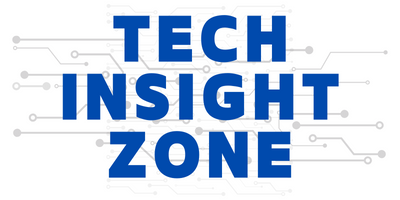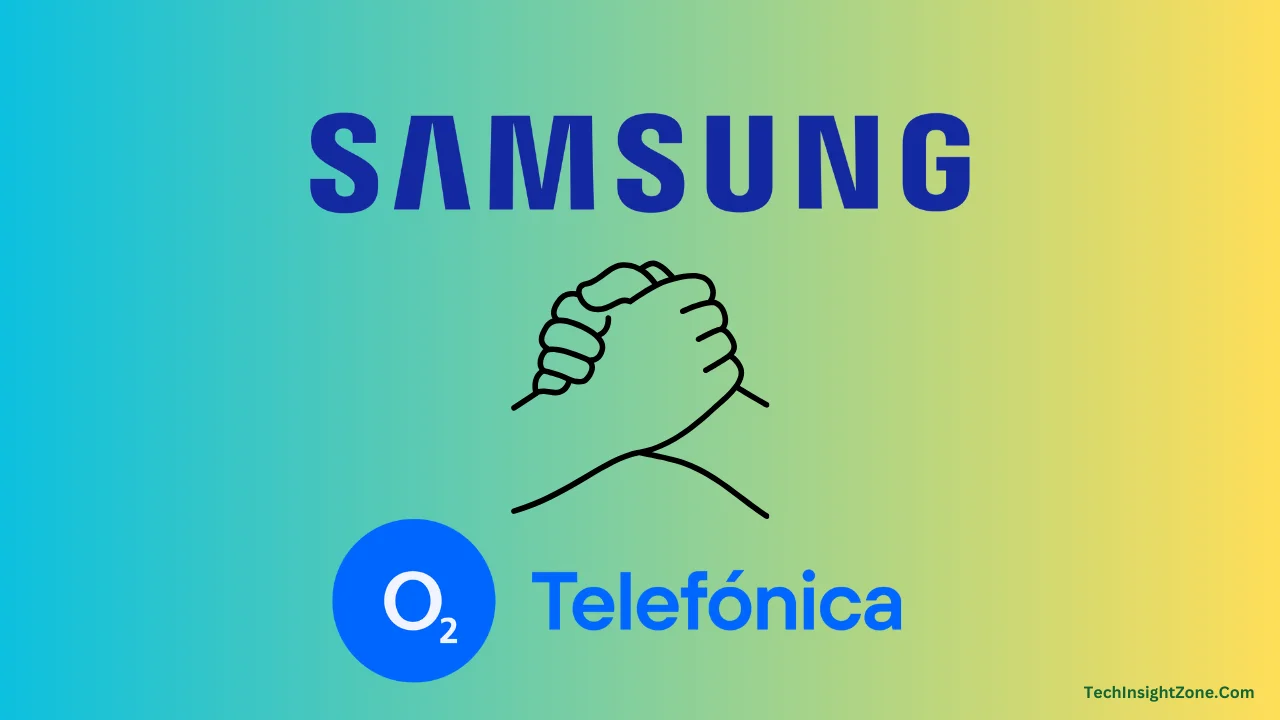The mobile network landscape in Germany is undergoing a significant shift. Samsung and O2 Telefónica recently announced the launch of the country’s first commercial virtualized Radio Access Network (vRAN) and Open RAN network.
While the terminology might seem complex, this development has the potential to reshape how mobile networks are built and operated, ultimately impacting user experience.
This initiative is a part of a joint venture announced in October 2023, where both companies agreed to develop a roadmap for testing vRAN and Open RAN technologies. After extensive trials, they are now transitioning from the lab to the field with the launch of this commercial site.
The site, located in Landsberg am Lech, Bavaria, is currently providing reliable 4G and 5G services to customers. This marks the first instance of Samsung’s 5G vRAN solution being deployed in a commercial network in the country.
Now, this might sound like alphabet soup, but trust me, it’s an exciting development that could impact your phone in a big way.
Breaking Down the Tech: A Deep Dive into vRAN and Open RAN
Traditionally, mobile network operators have relied on a single vendor to supply all the equipment for cell towers. This vendor provides a complete solution, including the Radio Access Network (RAN). The RAN is essentially the bridge between your mobile device and the core network, handling signal processing and transmission.
However, this closed ecosystem approach has limitations:
- Limited Flexibility: Operators are locked into the vendor’s specific hardware and software, hindering their ability to adapt the network to specific needs.
- Potential Innovation Bottleneck: Reliance on a single vendor can stifle innovation as advancements are tied to the vendor’s development roadmap.
vRAN and Open RAN represent a significant shift in this paradigm. Let’s break down each technology:
1. vRAN (Virtualized Radio Access Network):
- Focus: The BBU (Baseband Processing Unit). Traditionally, the BBU is a dedicated hardware component responsible for processing signals from the antenna and preparing them for transmission to the core network.
- Virtualization: vRAN virtualizes the BBU functionality. Here, the BBU software is decoupled from the hardware and can run on standard IT servers. This offers several advantages:
-
- Increased Scalability: Network capacity can be easily scaled up or down by adding or removing virtual BBUs on the servers, allowing for efficient resource utilization.
- Reduced Hardware Costs: Replacing dedicated BBU hardware with commodity IT servers can potentially lower network infrastructure costs.
- Simplified Deployment: Virtual BBUs can be easily deployed and redeployed on the network as needed, streamlining network management.
2. Open RAN (Open Radio Access Network):
Focus: The entire RAN ecosystem. Open RAN focuses on establishing open interfaces between the various components of the RAN, including the BBU, Remote Radio Head (RRH), and fronthaul transport. Here are some benefits of open interfaces:
-
- Vendor Agnostic Integration: With open interfaces, operators can integrate components from different vendors into their network. This fosters competition among vendors, potentially driving down equipment costs in the long run.
- Faster Innovation: Open RAN encourages a more open and collaborative environment, potentially accelerating innovation in RAN technology across the industry.
- Network Customization: Open RAN allows operators to tailor their network infrastructure to specific needs. They can choose the best-in-class components from different vendors for each function, creating a more customized and potentially more efficient network.
Alright, now you might be thinking what does all these mean for end users, let’s discuss…
Potential Benefits for End Users

The adoption of vRAN and Open RAN promises several advantages for network operators and, ultimately, for users.
- Increased Network Flexibility: Open RAN allows operators to tailor their network infrastructure to specific needs. They can easily scale up capacity for high-traffic areas or optimize the network for low latency applications like virtual reality (VR) and augmented reality (AR).
- Enhanced Innovation: Open RAN fosters a more competitive environment, potentially accelerating innovation in network equipment development. This can lead to faster speeds, improved network performance, and the development of new functionalities.
- Potential Cost Reductions: Increased competition among vendors in the Open RAN ecosystem could drive down equipment prices, potentially leading to lower network operating costs for operators, which may eventually translate into more affordable mobile plans for users.
- Faster Network Deployment: vRAN simplifies network deployment by virtualizing the BBU, potentially streamlining the process and reducing time to market for new network infrastructure.
Future Plans and Challenges
O2 Telefónica plans to expand this pilot project to seven additional sites and integrate Samsung’s intelligent network automation solutions. Automation can further enhance network efficiency by streamlining maintenance and deployment processes.
However, integrating equipment from diverse vendors introduces a new set of challenges.
a. Security Concerns:
Ensuring a high level of security across a network with components from various vendors requires robust security protocols and ongoing vigilance. O2 Telefónica and Samsung will need to prioritize robust security measures to mitigate potential vulnerabilities.
b. Interoperability:
Seamless interoperability between different vendors’ equipment is critical for network functionality. O2 Telefónica and Samsung will need to ensure all components work together efficiently to avoid network performance issues.
Key Takeaways
The collaboration between Samsung and O2 Telefónica marks a significant step towards a more open and potentially more efficient mobile network future. While challenges remain regarding security and interoperability, this initiative paves the way for a more competitive and innovative mobile network landscape.
As Open RAN technology matures, it has the potential to reshape how mobile networks are built and operated, ultimately benefiting users with faster, more reliable, and potentially more affordable mobile connectivity. This is a development worth watching closely, as it could redefine the way we connect and experience data in the years to come.
Furthermore, as the digital sphere embraces transformative advancements, NVIDIA’s unveiling of significant updates for ChatRTX and RTX Remix adds another layer of excitement to the mix. Explore the synergies between these developments and discover how they’re shaping the future of connectivity and immersive experiences.




